November at the Lagoon
By Gerry Traucht
Around mid-November, I saw some interesting events at the Berkeley Lagoon. Normally, the lagoon is rather calm during this time of year. Occasionally, one could see up to four or six Brown Pelicans at a time. But on a mid-November morning, I saw something remarkable: about 35 (and counting!) enormous Pelican fledglings among the adult Pelicans. There were nearly as many Cormorants with adolescents as well. To top everything off, Snowy Egrets arrived with their teenagers.
At the peak of my observations, I saw nearly one hundred Egrets, Pelicans and Cormorants, gathered by the lagoon. Photos below.
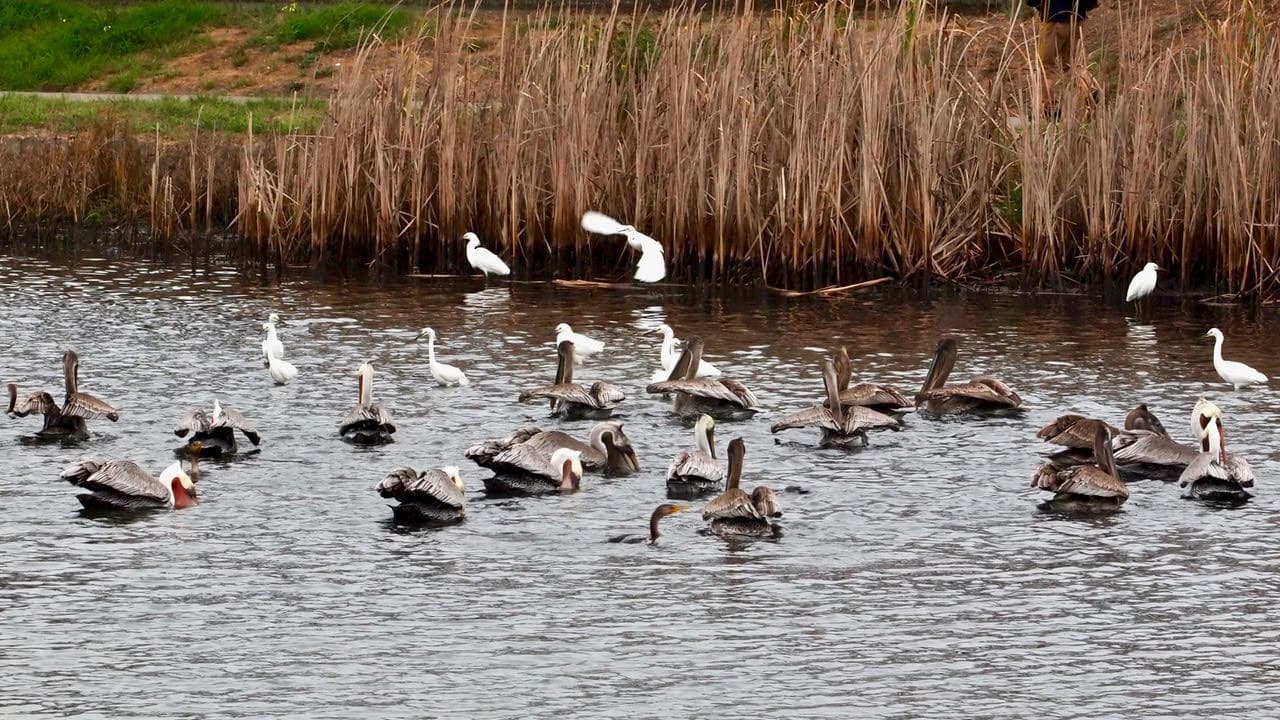
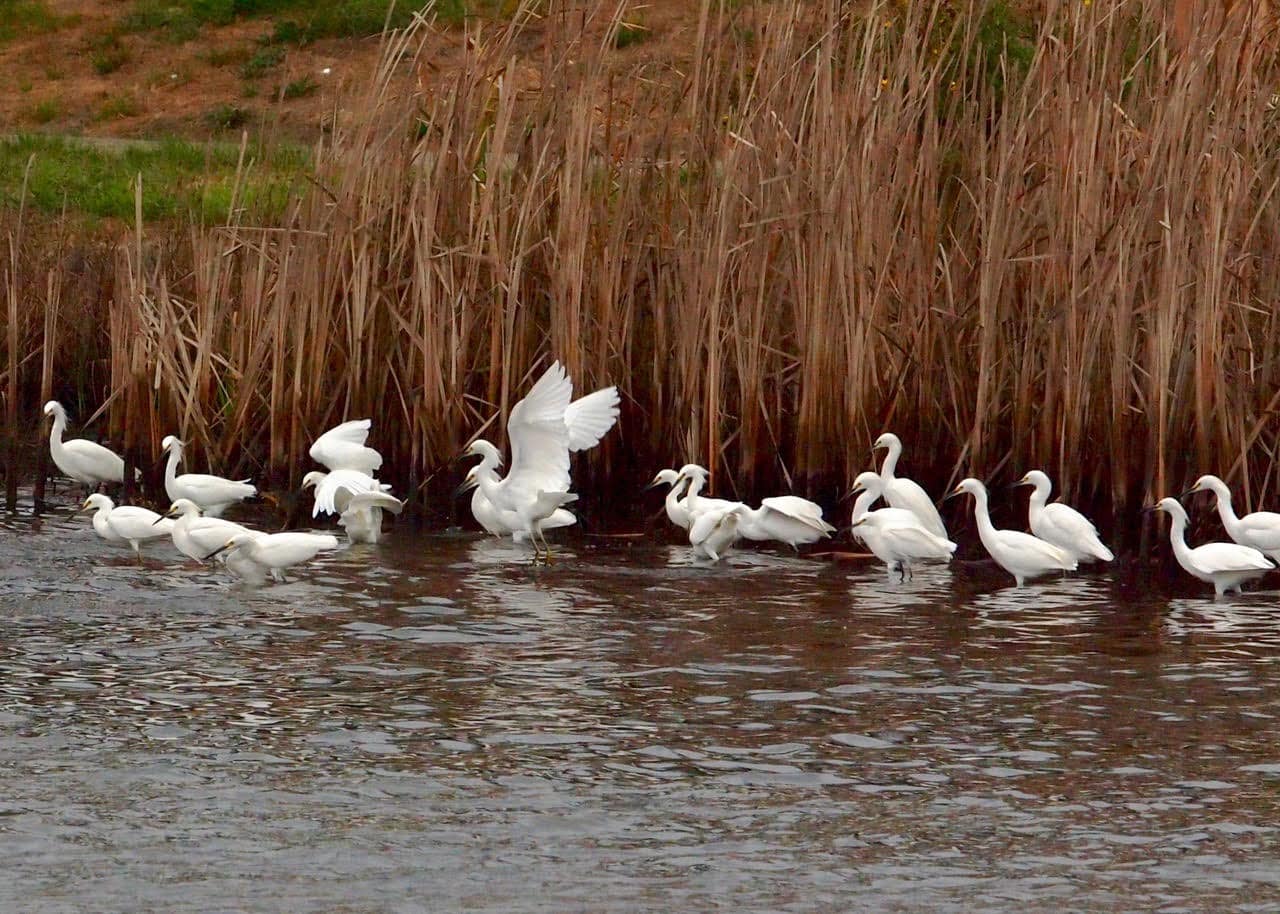
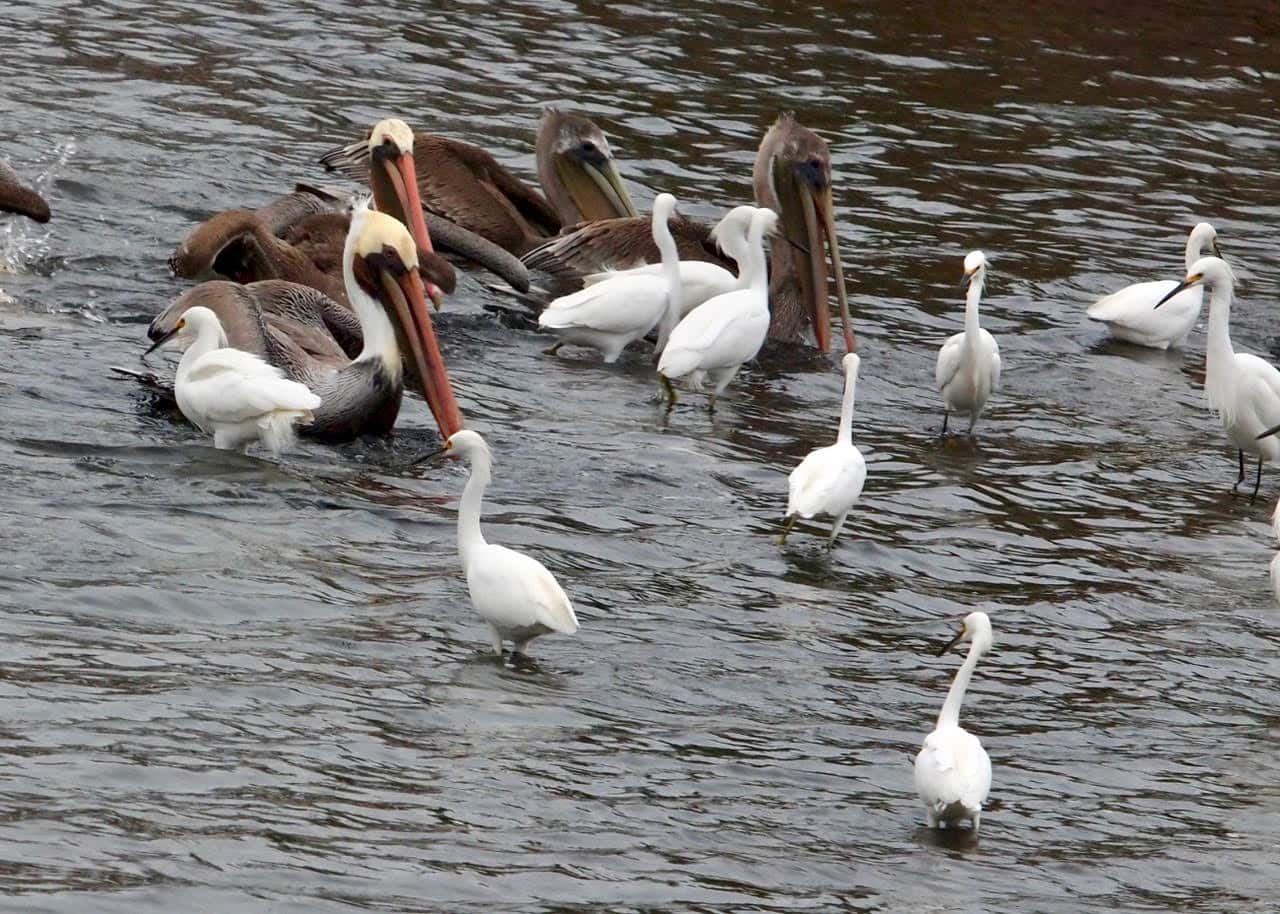

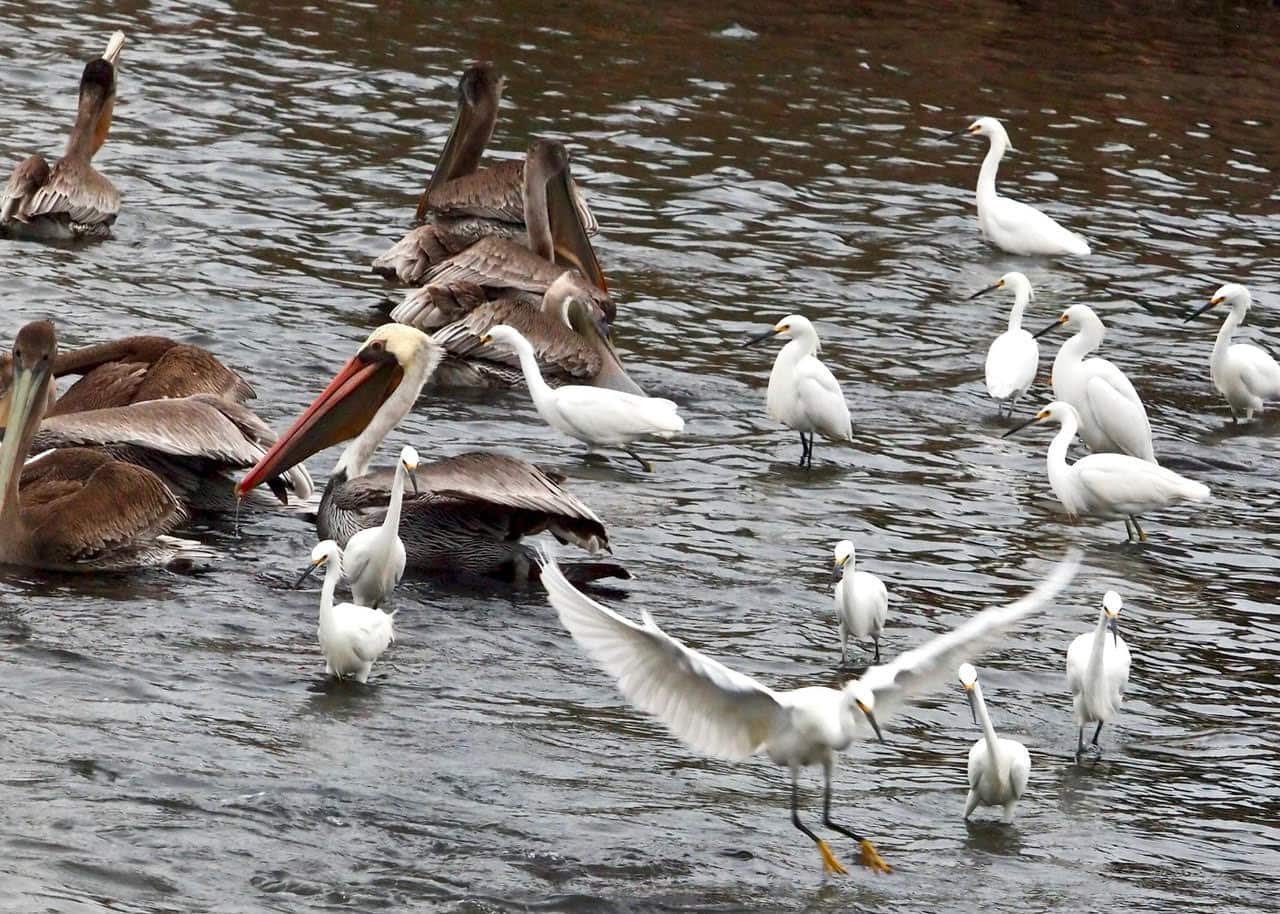
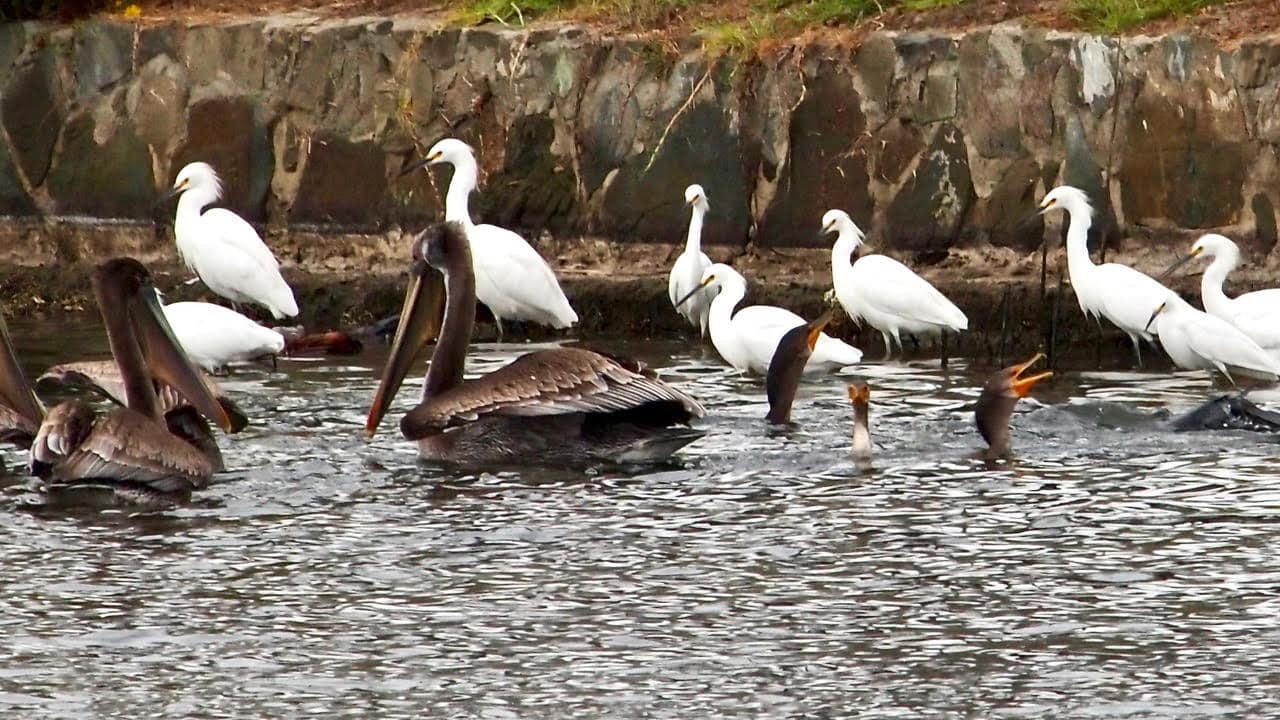
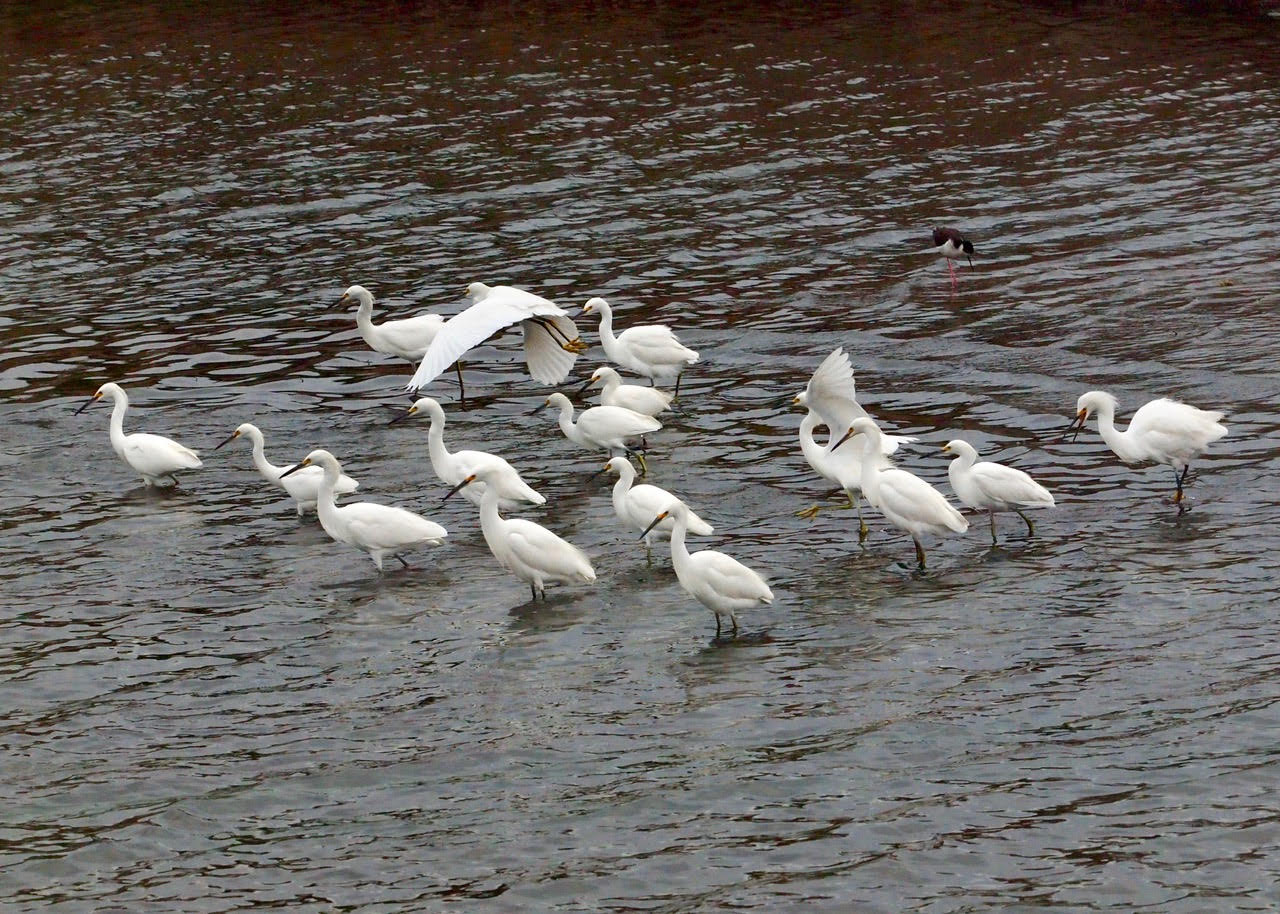

For a couple of November days, usually around 9 am, as if on signal, the Egrets would gather into a group by the mud mound. An adult squawked at late arrivals and stray youngsters while herding them into a loose standing formation until they all faced the water.
The Egrets stood, waiting. Watching. One was distracted, another grabbed a fish. Soon they all stood quietly, observing the lagoon. This was the same spot where the October Egrets performed their gymnastic fishing, each in turn flying the loop. The set of Snowy Egrets I saw in November seemed to be a different group. In this magical location, however, an equally eye-opening event happened.
For over two weeks in November, the group activities built and led to a climax of interesting behaviors. In the beginning, the three species would visit each other, hang out and barge into each group’s activities. Many of the birds engaged in play, lounging around the lagoon in various combinations of two or three species.
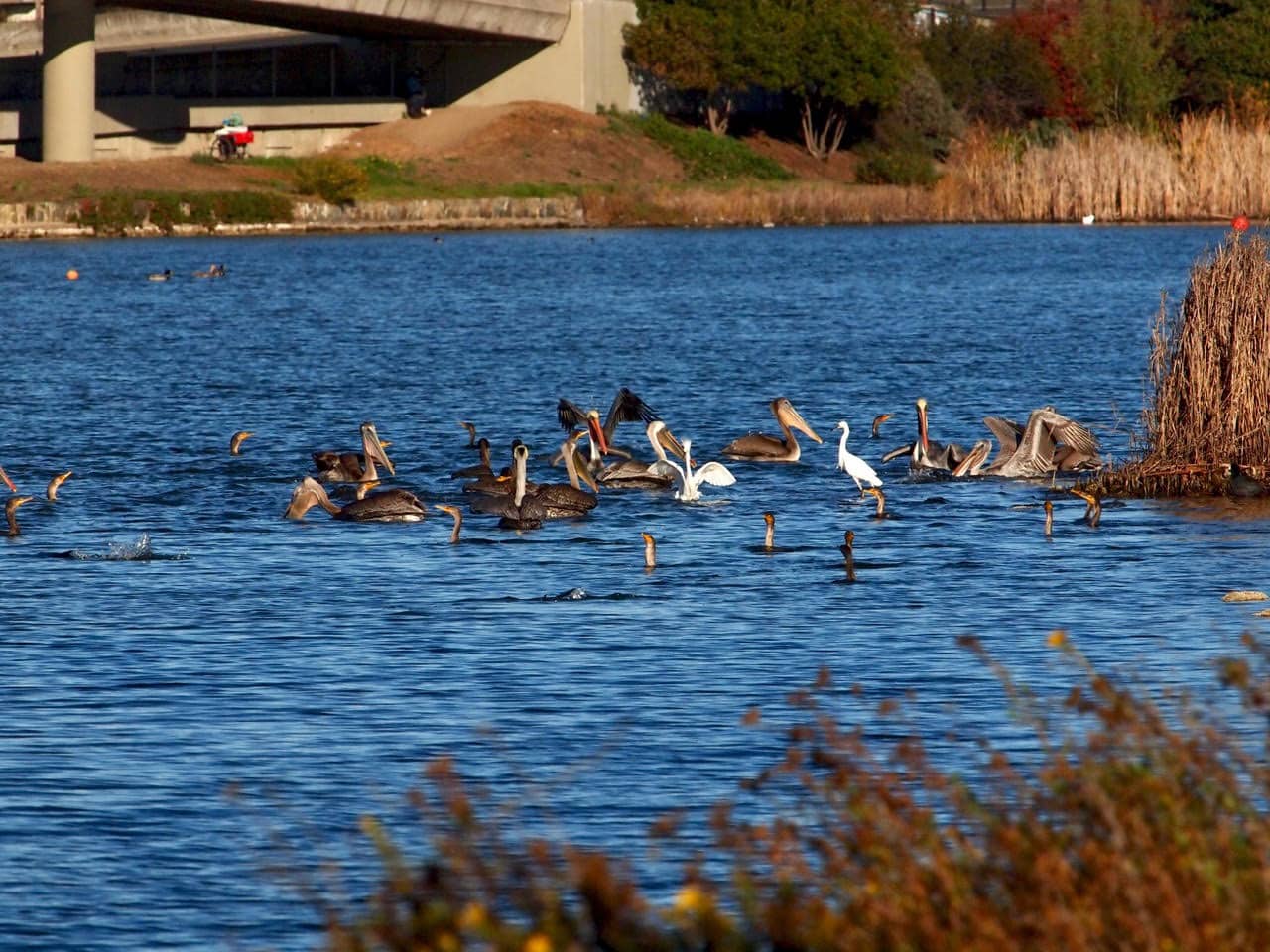
The fishing process appeared playful. It looked to me like a joyous reunion among these waterbirds and waders. Much revolved around the adults instigating activity, as the curious young birds found friends amongst themselves. There, in mid-day moments of profound group contentment, these birds rested, drifted and glided along the lagoon in dream-like calm.
On November 26th, the Pelicans, Cormorants, and Snowy Egrets came together in an event that resembled a procession out of a carnival. Does nature have Fellini-esque gatherings? This menagerie waded, swam flew, dove, and moved together in a caravan, often two abreast with clusters of Pelicans in the middle. Leading the caravan were a pair of Cormorants. Other groups of Cormorants hid among the clustered Pelicans. Some swam and watched along the sides of the lagoon.…


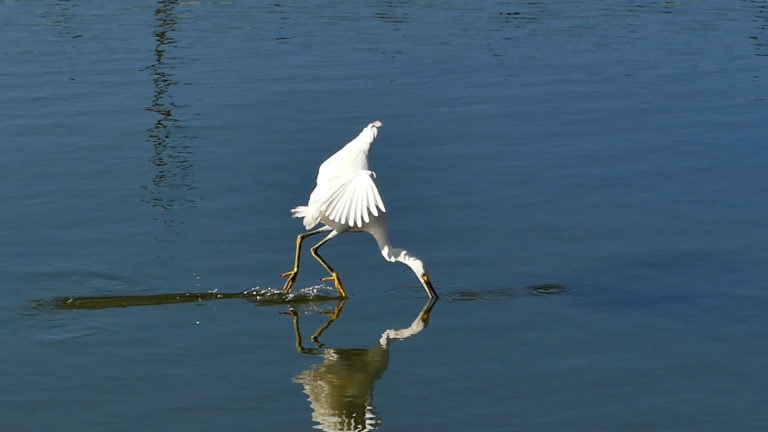
 Egrets flying the loop
Egrets flying the loop
 Flying the loop This pic shows the ringlets the circular path the egret is flying designating their area of interest for their acrobatic fishing.
Flying the loop This pic shows the ringlets the circular path the egret is flying designating their area of interest for their acrobatic fishing.
 An egret up close
An egret up close
 Fishing while flying
Fishing while flying
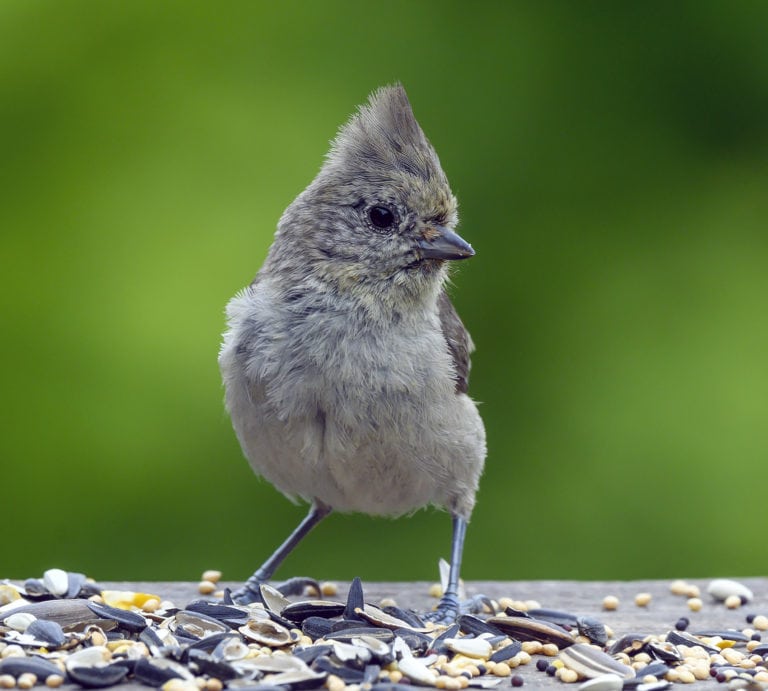
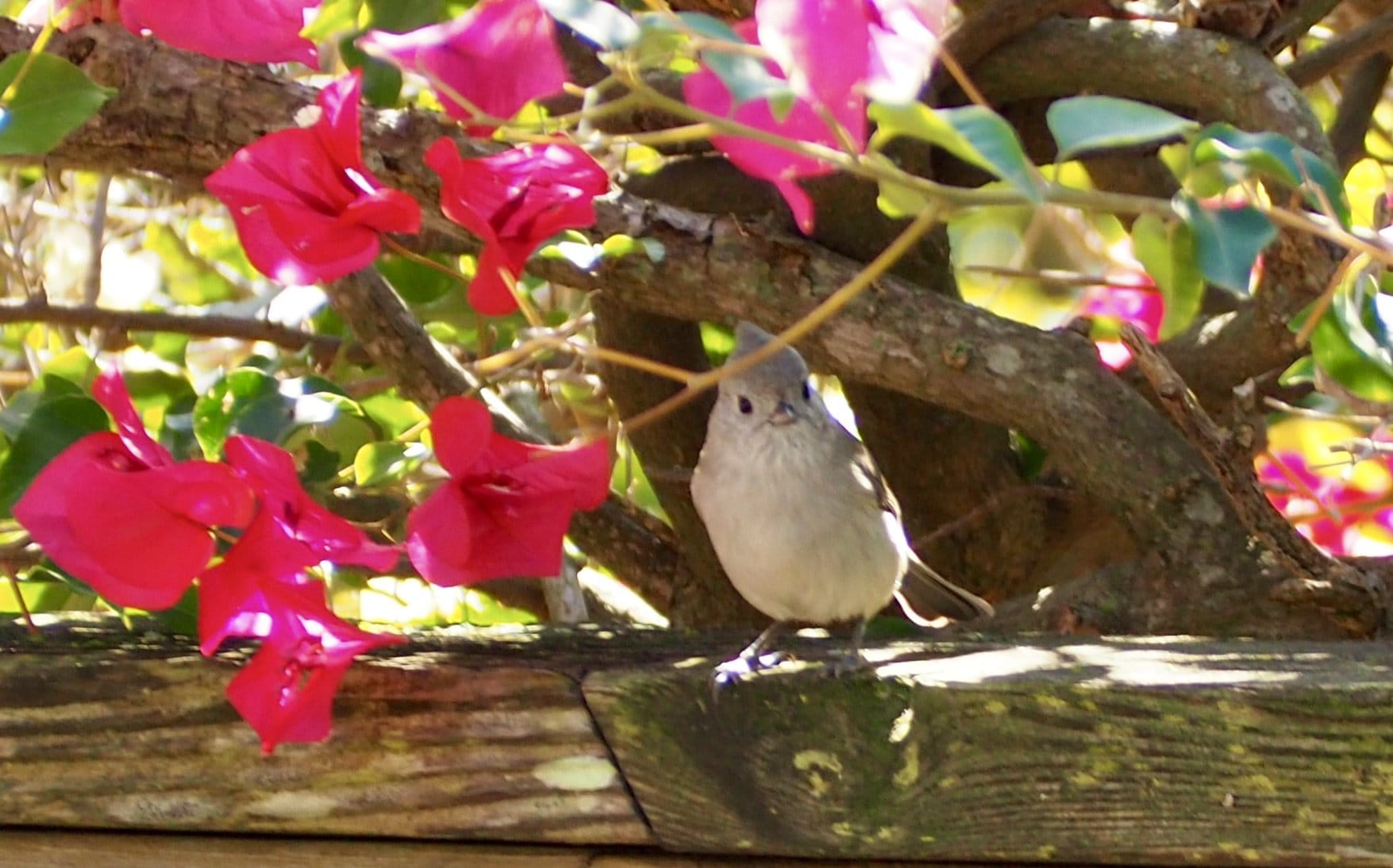 Oak Titmouse by Leanne
Oak Titmouse by Leanne
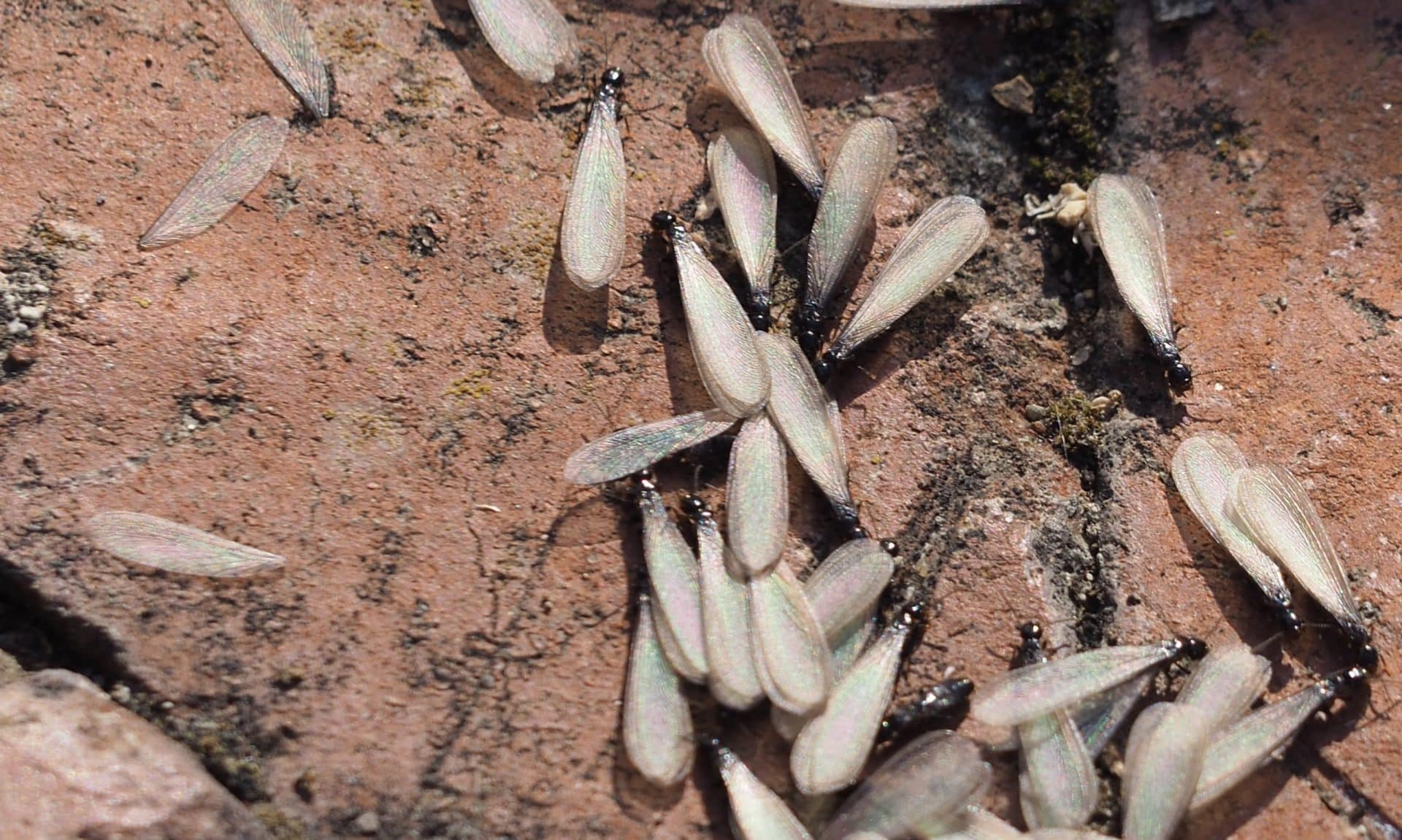 Termite Alates by Leanne
Termite Alates by Leanne
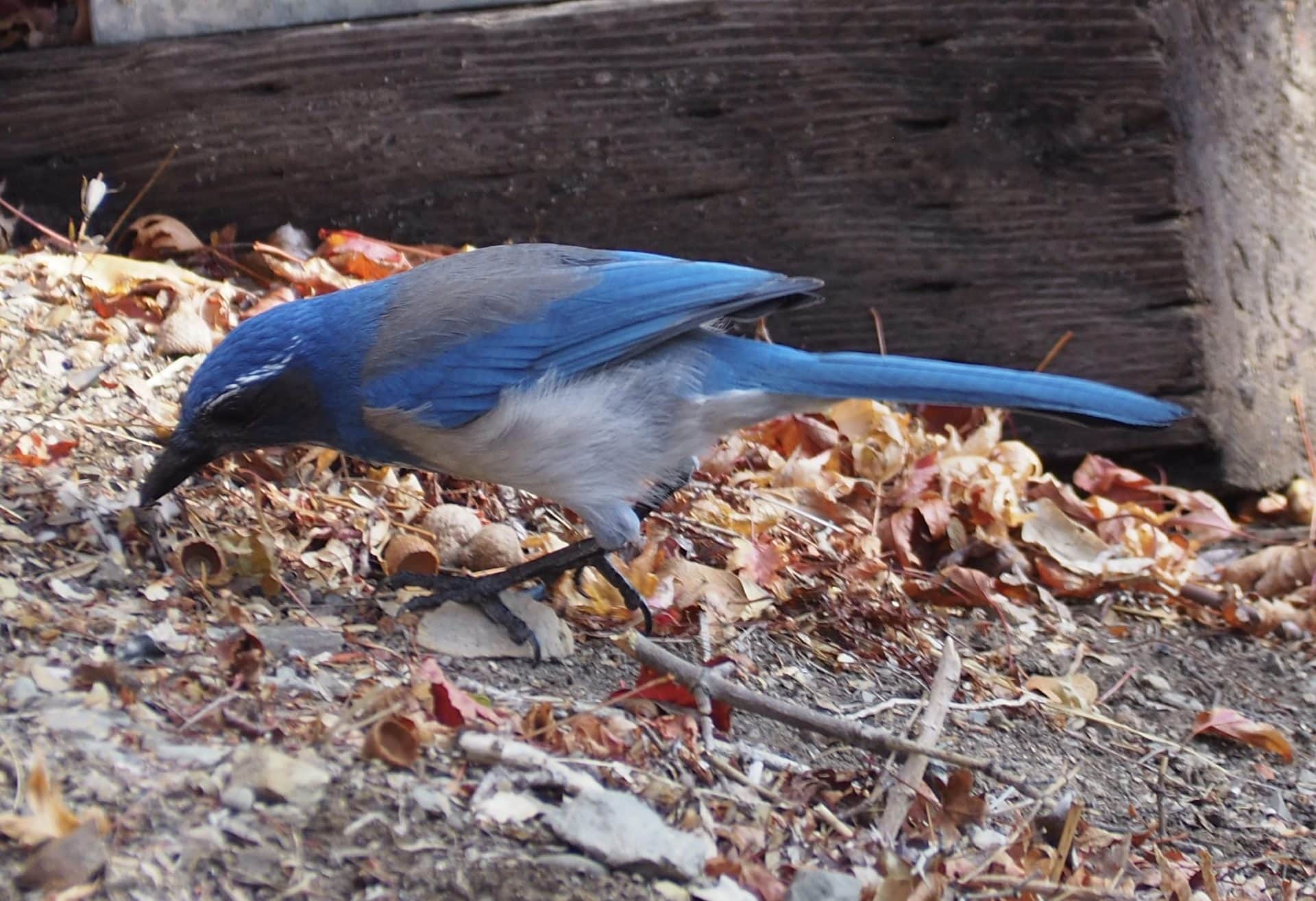 Western Scrub Jay by Leanne
Western Scrub Jay by Leanne
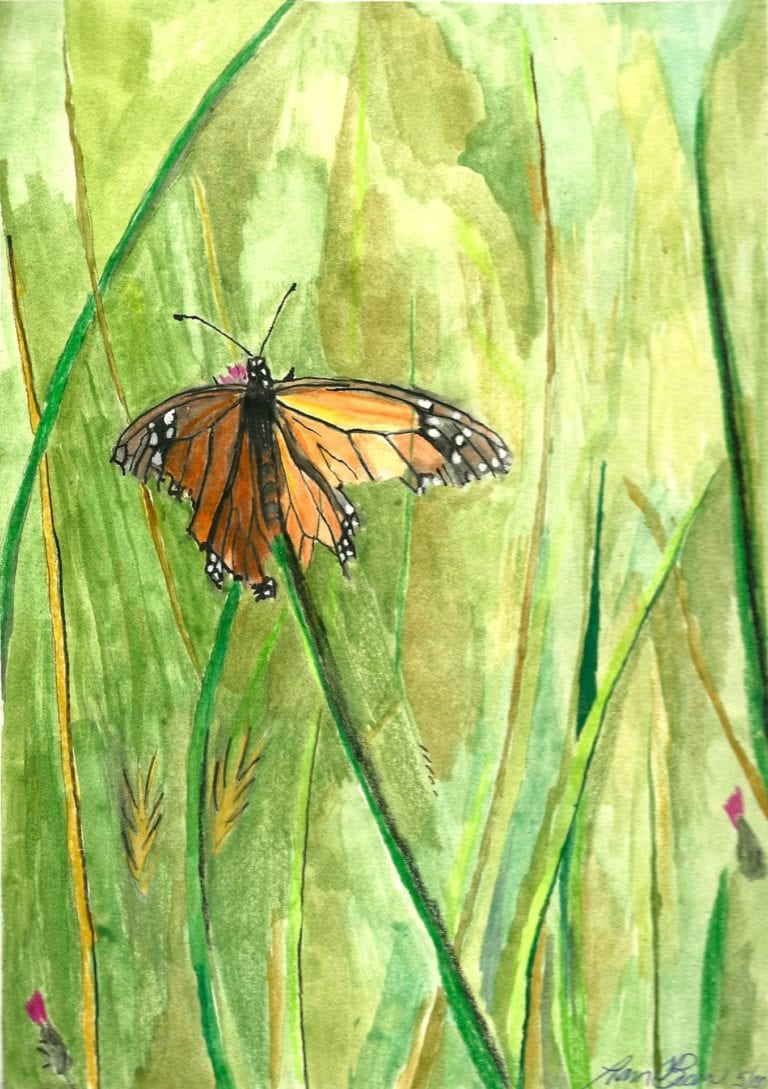
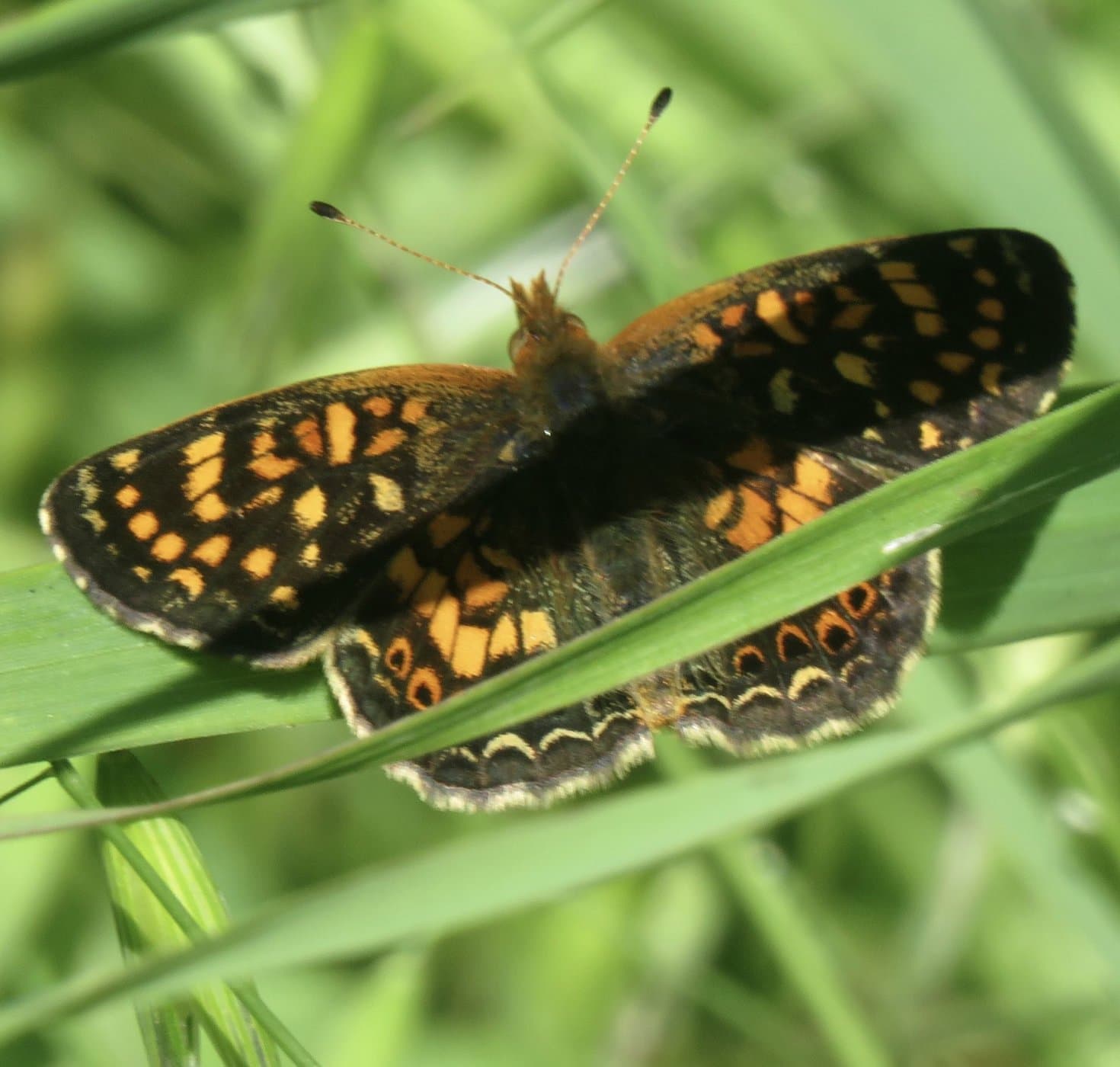 Field Crescent (Phyciodes puchella) by Liam O’Brien
Field Crescent (Phyciodes puchella) by Liam O’Brien
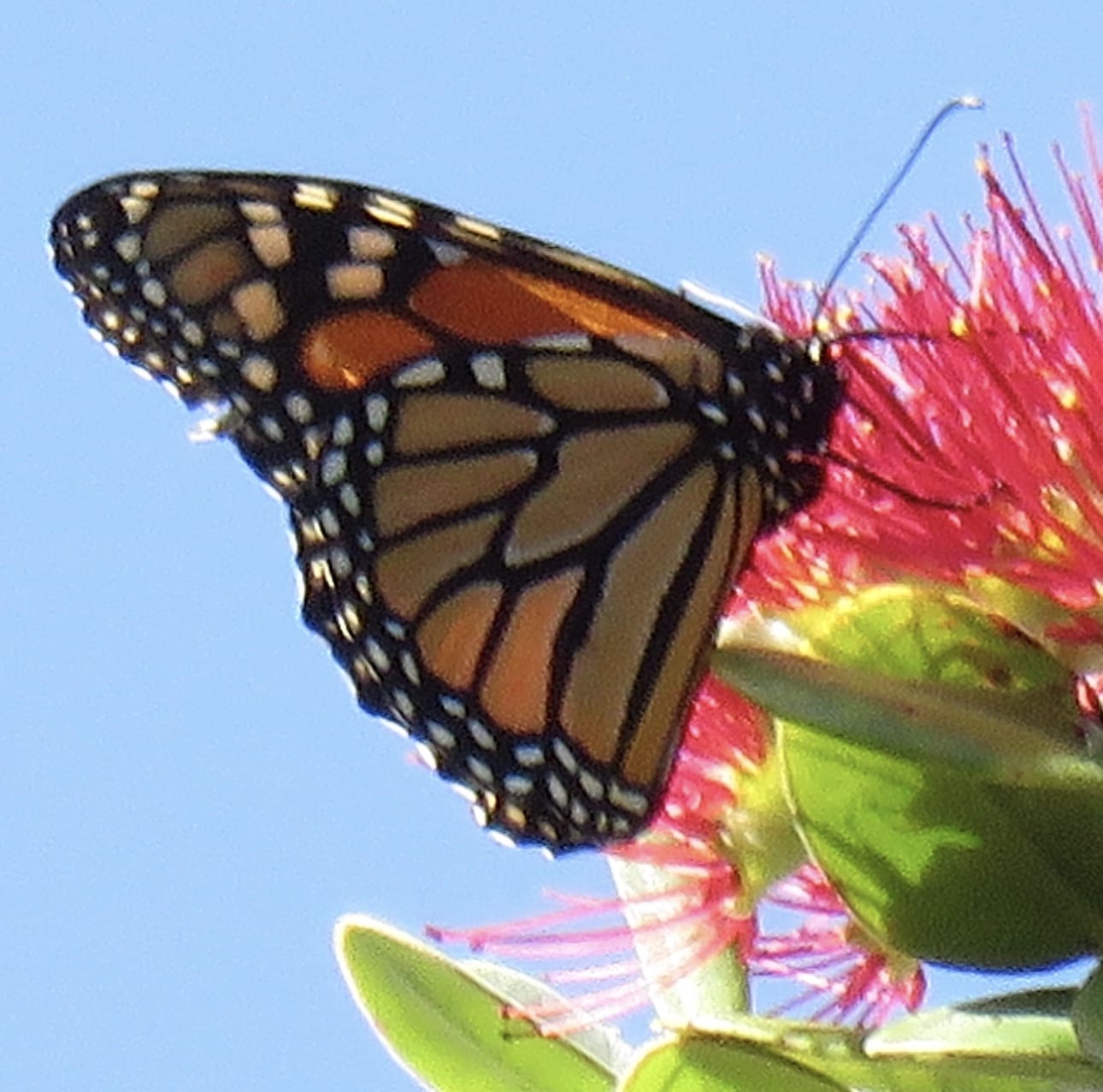 Monarch (Danaus plexippus) by Liam O’Brien
Monarch (Danaus plexippus) by Liam O’Brien
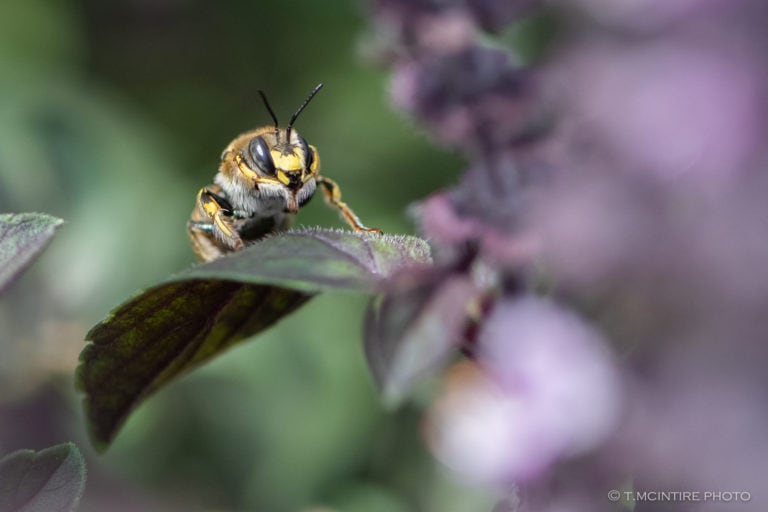
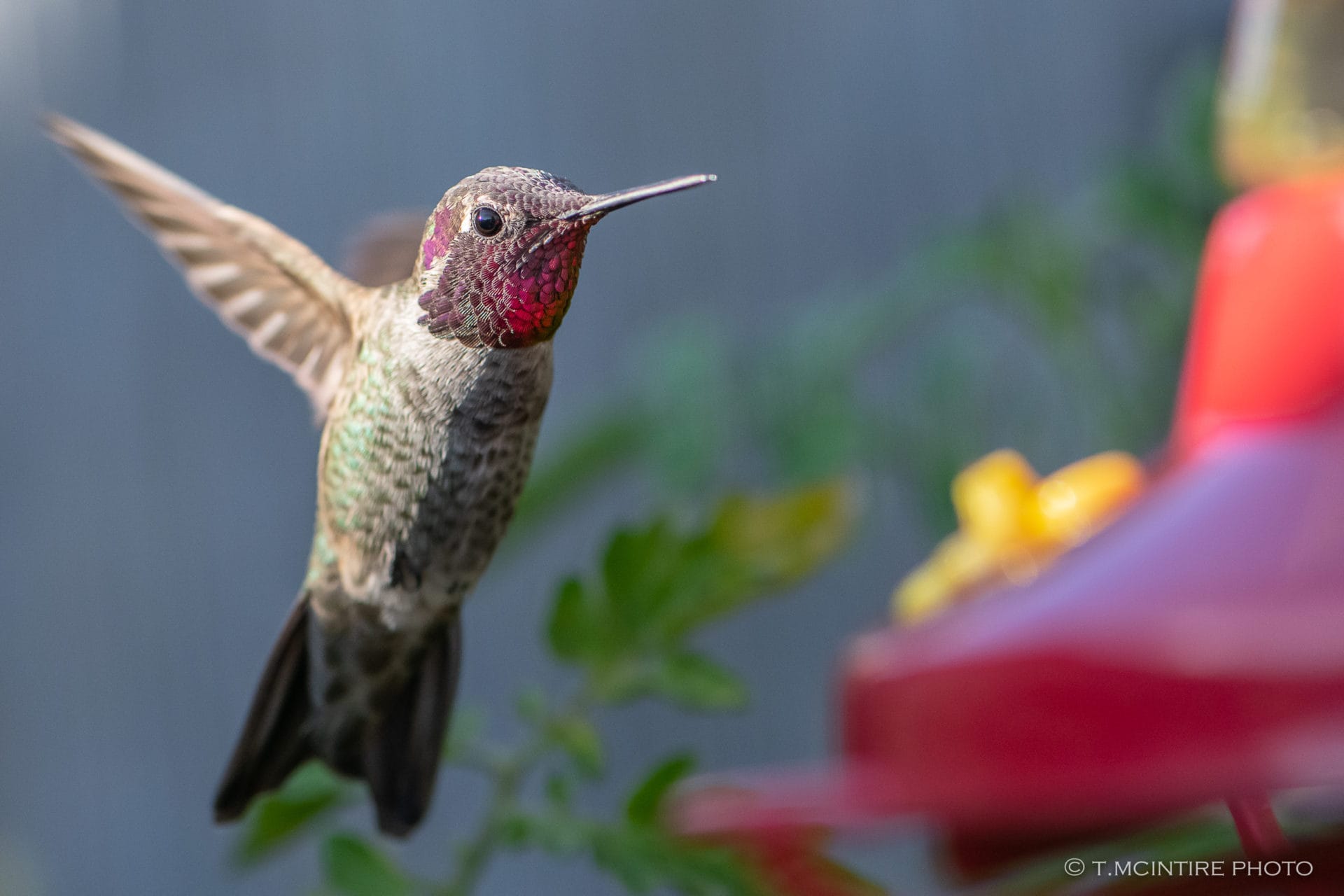 A male Anna’s hummingbird keeps a watchful eye out for intruders at ‘his’ feeder.
A male Anna’s hummingbird keeps a watchful eye out for intruders at ‘his’ feeder.
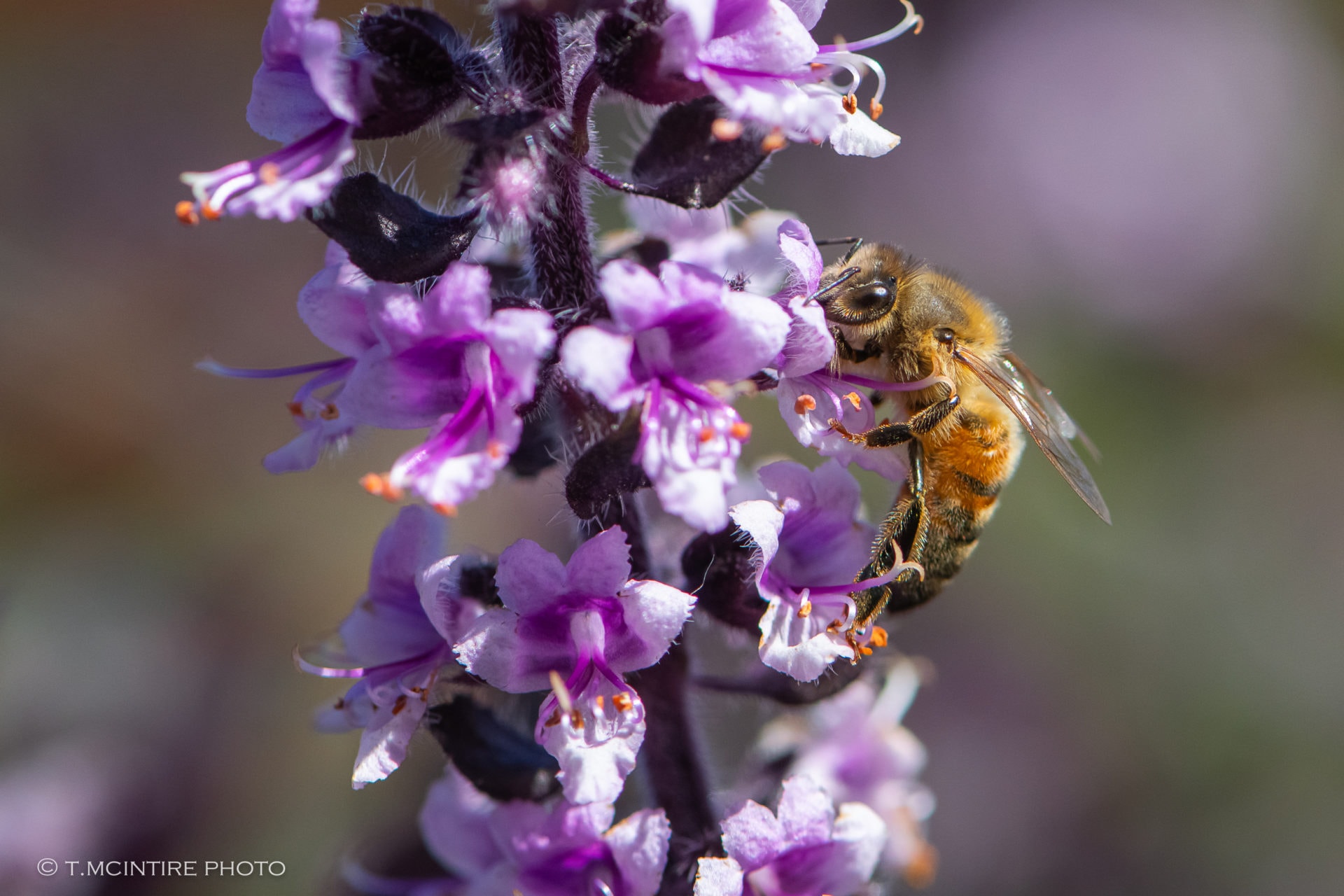 A European Honeybee feeding on a purple basil bloom.
A European Honeybee feeding on a purple basil bloom.
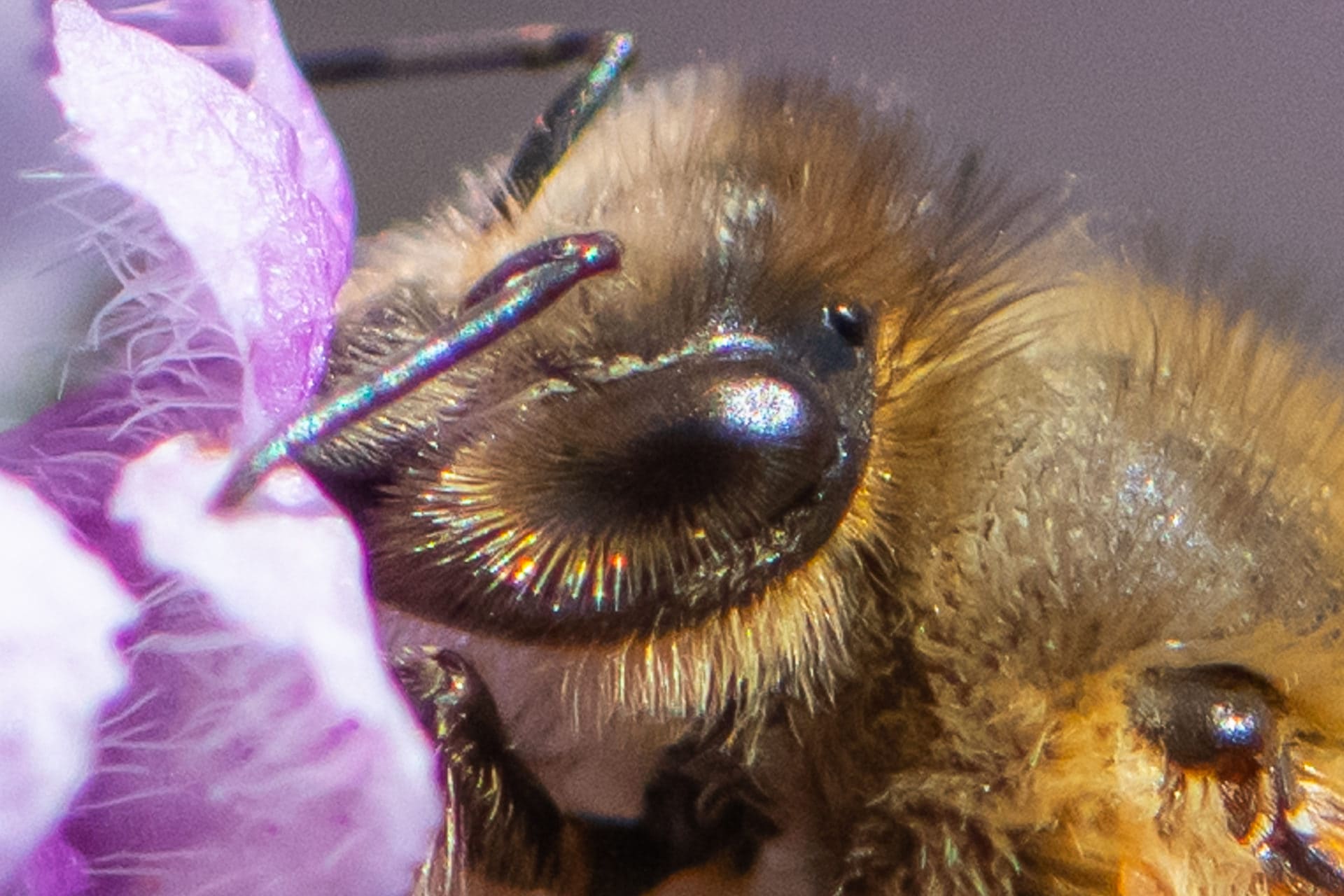 A closer look reveals the literally ‘hairy’ eyeball.
A closer look reveals the literally ‘hairy’ eyeball.